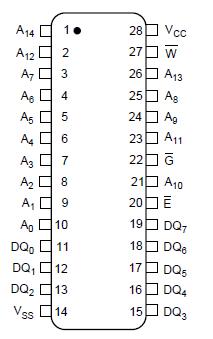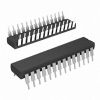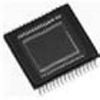LH52258A: Features: · Fast Access Times: 20/25 ns· Low-Power Standby when Deselected· TTL Compatible I/O· 5 V ± 10% Supply· Fully-Static Operation· JEDEC Standard Pinout· Packages: 28-Pin, 300-mil DIP 28-Pin,...
floor Price/Ceiling Price
- Part Number:
- LH52258A
- Supply Ability:
- 5000
Price Break
- Qty
- 1~5000
- Unit Price
- Negotiable
- Processing time
- 15 Days
SeekIC Buyer Protection PLUS - newly updated for 2013!
- Escrow Protection.
- Guaranteed refunds.
- Secure payments.
- Learn more >>
Month Sales
268 Transactions
Payment Methods
All payment methods are secure and covered by SeekIC Buyer Protection PLUS.

 LH52258A Data Sheet
LH52258A Data Sheet







